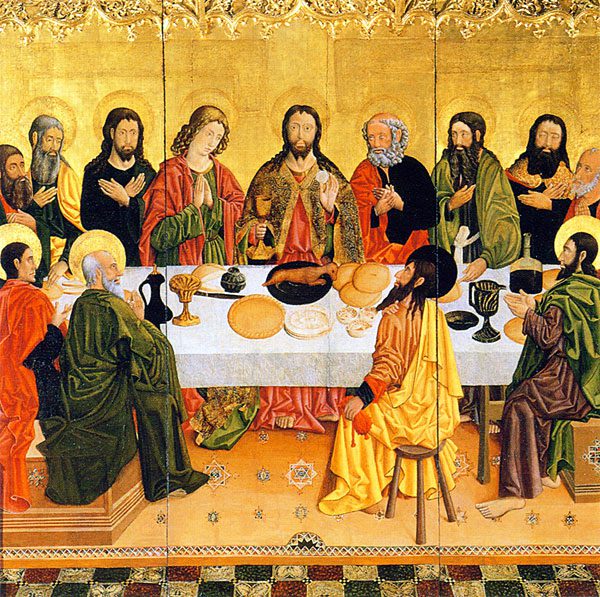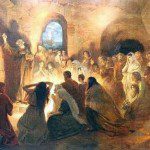In Jesus and the Last Supper (2015) Brant Pitre argues that the date in the synoptics and John is the same: the account of Jesus’ final meal begins on the afternoon of 14 Nisan, continues through the night of 15 Nisan, on which there is a Passover meal, and concludes with the crucifixion on 15 Nisan. Read more










